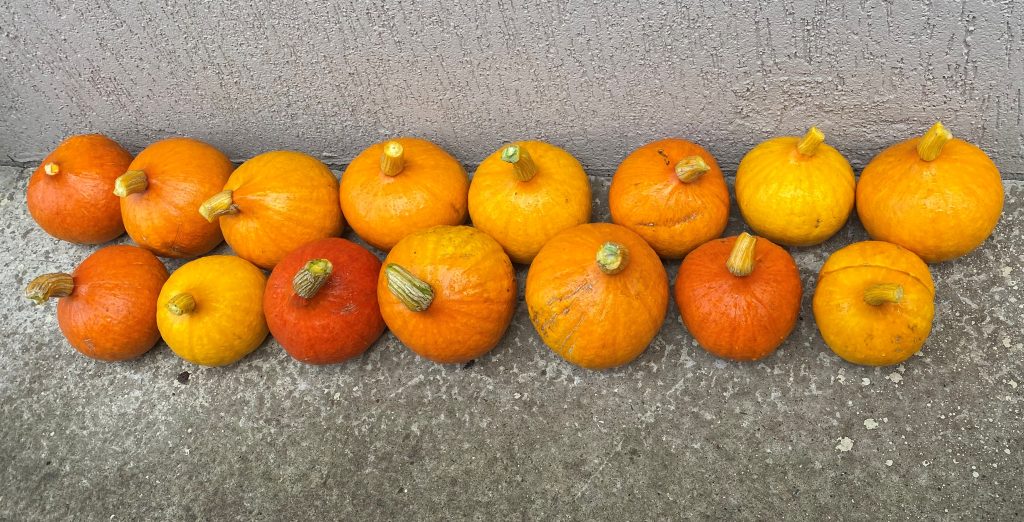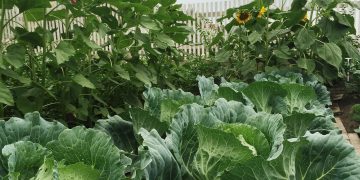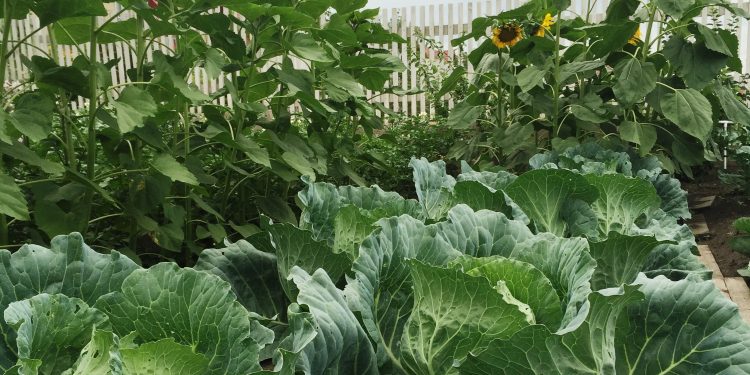To obtain a rich harvest, gardeners and gardeners need to protect plants from constant pest attacks, which significantly affect its quantity and worsen the quality. Losses from the effects of pests can reach up to a quarter of the crop, and in some cases lead to its complete destruction. Specialists of the Krasnoyarsk branch of the Rosselkhoznadzor have prepared recommendations on how to grow a good harvest.
Obtaining high yields can be guaranteed by a comprehensive plant protection system using agrotechnical, mechanical, chemical and biological methods of pest and disease control.


The agrotechnical method is one of the most universal methods of increasing the yield, it consists mainly in preventing the appearance of pests and diseases. In relation to plant protection, it is an effective method of preventing bacterial and fungal diseases. All the agrotechnical methods used can be characterized as various techniques for creating optimal conditions for the development of cultivated plants and the destruction of weeds and pests. The timing of planting plants in the open ground is of great importance for pest resistance. Timely care of plants, in particular weeding, loosening of the soil, removal of plant waste, fertilization increase the resistance of plants to pests. Changing the culture grown in one place avoids the accumulation of harmful factors, primarily those that persist in plant residues.
It depends on the local climatic conditions how this or that agrotechnical technique will affect the harvest, when planning field work, you should always keep in mind local peculiarities.
The mechanical method is widely used in the cultivation of vegetable crops on household plots and consists directly in the collection and destruction of eggs, larvae, adult pests. To get a good harvest, it is very important to destroy egg clutches of whitefish and scoops in time, the first spring colonies of aphids.

The chemical method is used in the case when the remaining funds did not bring the desired result or the pests spread throughout the site.
There are different groups of chemical plant protection products depending on the harmful objects against which they are used:
- Insecticides – preparations intended for the destruction of insects;
According to the mechanism of action , insecticides are divided into four groups:
1.1. Contact insecticides – destroy insects only in direct contact with the pest. That is, if you used such a drug near a wasp nest located in the attic, then you can not be afraid that the hive with bees will suffer.
1.2. Intestinal insecticides – enter the insect’s body together with food and poison it. As a rule, such drugs are used in the fight against gnawing insects.
1.3. Systemic insecticides penetrate into the roots and green mass of plants, destroying the insects living there. Usually they contain substances with a high degree of toxicity.
1.4. Fumigants have a gaseous form and act through the respiratory organs of pests, thus effectively fighting them.
There are also drugs of selective action, they affect only certain types of pests, without affecting harmless pollinating insects.
Among them are:
a. Acaricides – drugs for the destruction of ticks;
b. Insecticides are agents that kill a number of insects and mites, the destruction of which requires a special approach and active substances;
c. Acycides are insecticides exclusively from aphids;
G. Larvicides – a group of insecticides that kill larvae and caterpillars of pests;
d. Ovicides – agents that affect the eggs of insects and ticks;
- Fungicides – drugs necessary to combat viral and fungal infections.
Depending on the action on the pathogen, they are divided into:
2.1. Preventive, or protective (prevent infection of the plant);
2.2. Therapeutic, or eradication (cause the death of fungi after infection of the plant). - Herbicides – drugs used to control weeds.
According to the nature of the action on plants, there are:
3.1. Herbicides of continuous action – kill all kinds of plants.
3.2. Herbicides of selective action – destroy certain types of plants and do not act on others. These drugs are often used in the garden to control weeds.
Currently, many gardeners and gardeners have significantly increased the use of chemicals, since the instantaneous effect of these drugs causes a temptation to use them. However, with a chemical method of pest control, it is necessary to observe safety measures, use PPE, and follow the instructions of the drug used exactly. It is also necessary to ensure that the applied product is evenly distributed. Uneven treatment of plants with chemical preparations leads to the fact that not all pests are destroyed, conditions are created for their habituation to this remedy and the formation of insecticide-resistant species. In addition, if the dose of a chemical preparation used to control pests and diseases is not observed, the level of substances harmful to humans in the soil, and, accordingly, food from the garden, can reach a critical limit.
































